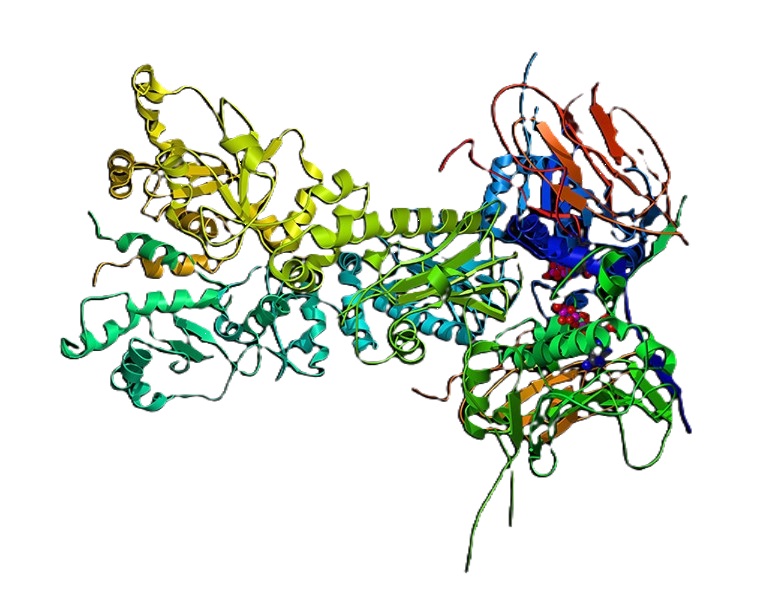In a groundbreaking study published in Nature, researchers from the Institute for Protein Design at the University of Washington School of Medicine have harnessed the power of artificial intelligence (AI) to propel advancements in biotechnology. This cutting-edge approach holds immense implications for drug development, disease detection, and environmental monitoring.
AI-Driven Protein Design: A Molecular Marvel
Led by scientists Susana Vazquez-Torres, Preetham Venkatesh, and Phil Leung from the Baker Lab, the study employed sophisticated software to craft protein molecules with unprecedented precision. These molecules exhibit an exceptional affinity and specificity for a diverse range of challenging biomarkers, including notoriously elusive human hormones.
The team’s primary focus was on designing proteins capable of binding to complex targets such as glucagon, neuropeptide Y, parathyroid hormone, and other helical peptide structures. These molecules, vital in biological systems, pose a significant challenge for drug development and diagnostic tools due to their lack of stable molecular structures.
Unleashing the Power of De Novo Protein Design
The study introduces innovative methods combining parametric generation and deep learning to overcome the intricate challenges of designing proteins that interact with short peptides featuring helical propensity. The researchers extended RFdiffusion to enable the design of high-affinity binders for flexible targets, achieving picomolar affinity—a groundbreaking feat in computational protein design.
Moreover, these designed proteins exhibited the capability to detect parathyroid hormone and glucagon through mass spectrometry and construct bioluminescence-based protein biosensors. The ability to design binders for conformationally variable targets and optimize proteins through partial diffusion showcases the broad applicability and transformative potential of these AI-driven techniques.
AI’s Role in Protein Design: A New Era
The study underscores the emergence of powerful deep learning methods for protein design, with the RFjoint and RFdiffusion methods surpassing initial Rosetta designs. Particularly noteworthy is the Hallucination approach, which generated high-affinity binders without prior specification of the bound structures.
Most impressively, the RFdiffusion method rapidly generated extremely tight affinity and specific binders to multiple helical peptides—achieving picomolar Kds. These binders, designed directly through computation without experimental optimization, represent the highest affinity achieved for any target, whether protein, peptide, or small molecule. The results signify a pivotal step forward in the field, showcasing the potential of AI in revolutionizing biotechnology and protein design.


